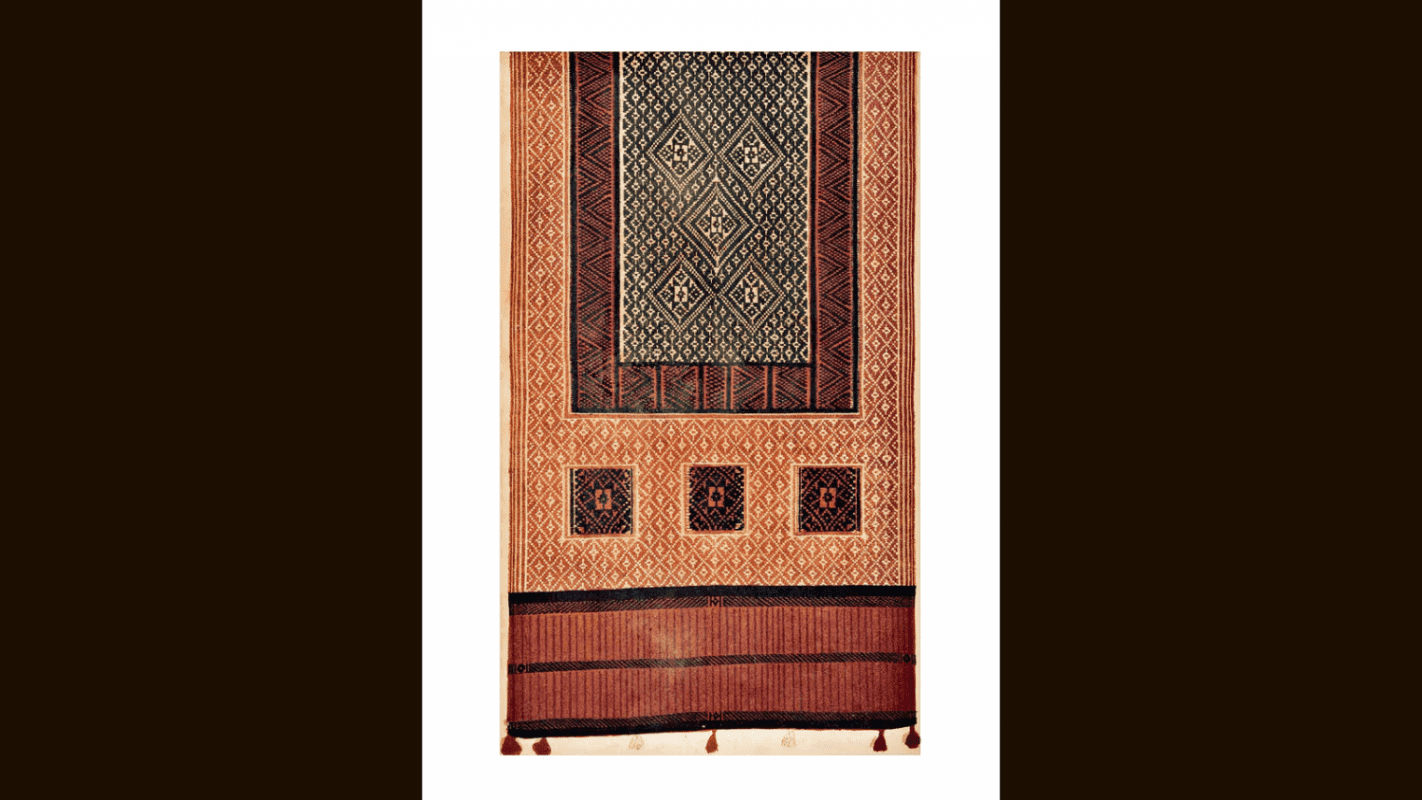A section of the intensive Botanical Survey of India archive, now obtainable to the public online (at archive.bsi.gov.in), is dedicated to dyes and materials. About 3,000 samples of dyes are preserved right here, on materials starting from cotton and silk to wool.
Natural dyes weren’t used solely for color issues. Until then use of chemical dyes became widespread in the twentieth century, pure dyes had been proposed in fields starting from prescription drugs to cosmetics.
In the assortment are 4,100 shades of color extracted from simply 64 crops by English silk dyer Thomas Wardle, who visited India to strive and discover methods to revive his shrinking silk dye enterprise again. “Wardle visited India in 1885 and studied the native dying tradition here from local artisans,” says Ok Avinash Bharati, BSI botanist, and custodian of the digital archive. “He produced 4,100 samples of different shades and colors using 64 plants and some combination of minerals like copper and iron.”
He compiled his findings in a 15-volume work titled Fabrics Dyed with Indian Dyes. These volumes have additionally been digitized, making the portal a trove of data on now-fading Indian natural dyes and their conventional purposes.
The textile designs in the archive are from the assortment of a Scottish doctor and botanist John Forbes Watson, who visited India in the mid-Nineteenth Century. Watson visited a complete list of 12 South Asian territories and compiled his findings in an 18-volume work first printed in 1866, adopted by a 14-volume work in 1874.
Together, these represent over 1,700 samples, all of which are actually obtainable to discover digitally on the website.
These embrace clothes for males and girls constituted of silk, cotton, muslin, camel hair, and wool. “This portal now allows the general public to access these samples,” says Bharati. “Not just India, the digital archive includes fabrics from present-day Pakistan, Bangladesh, Uzbekistan, and Nepal too.”

